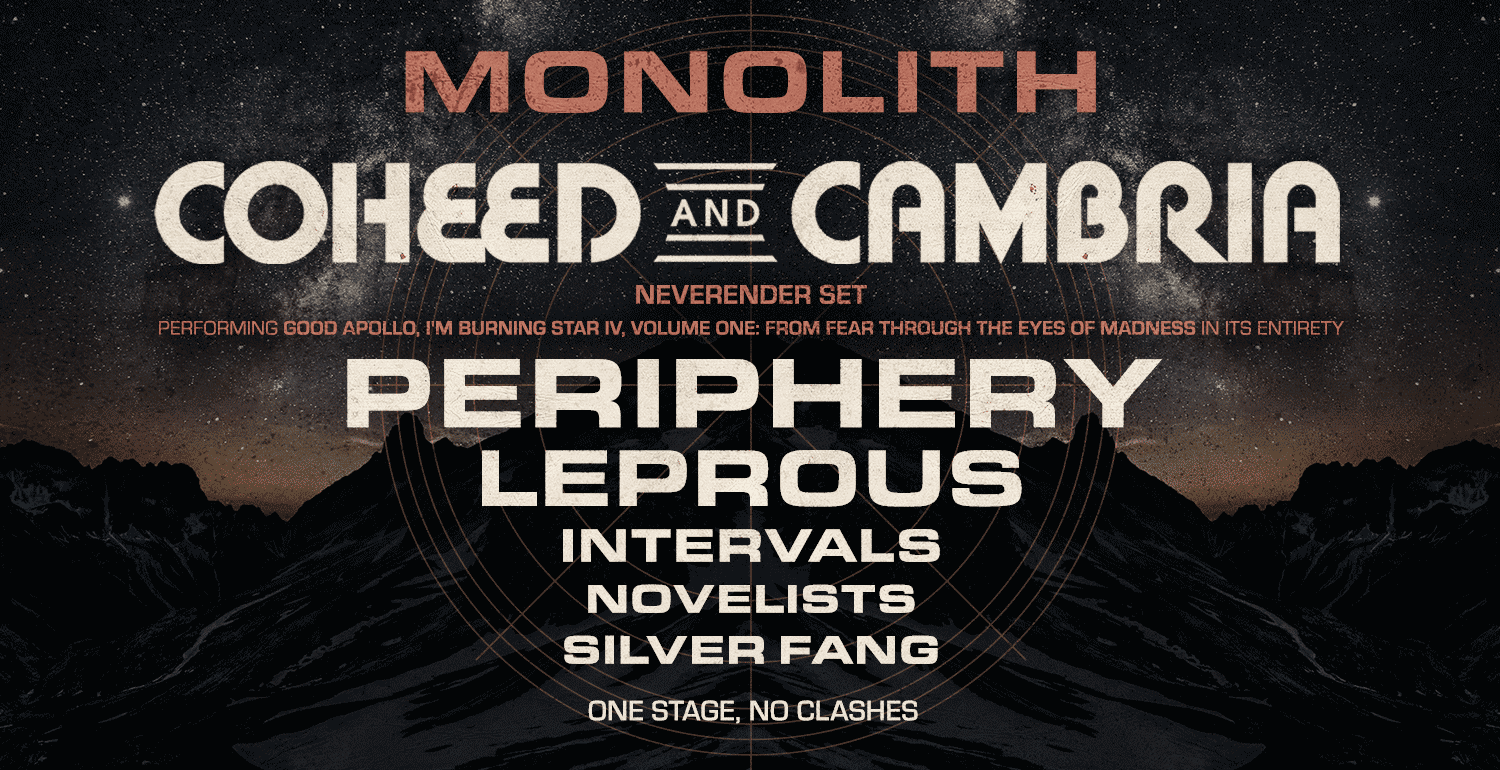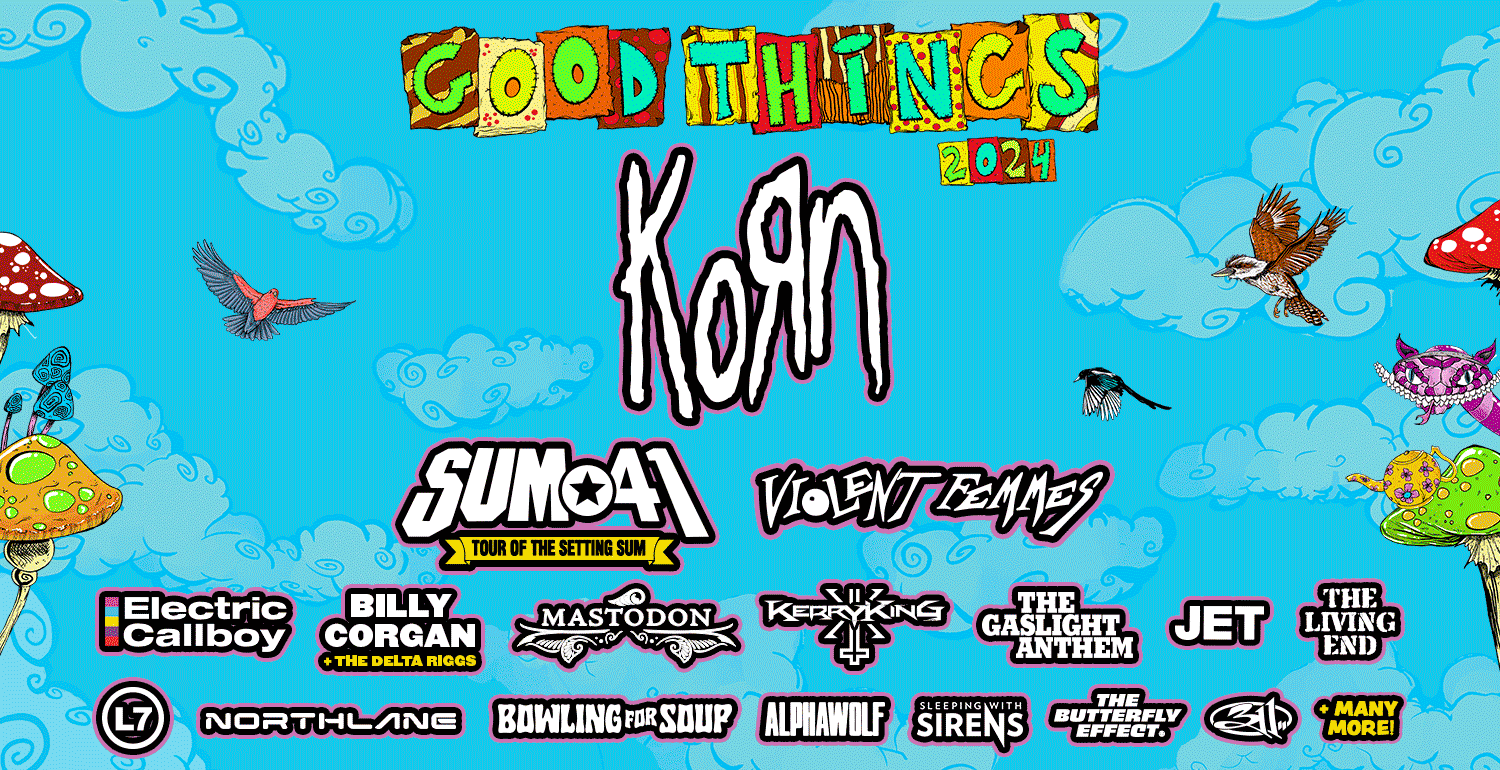(For your reading pleasure, please listen to NeuroVoider’s soundtrack, ‘The Wrath of Code’ by Dan Terminus, HERE.)
The history of video-games is a relatively short one, yet incredibly diverse. From the simplicity of Pong and Space Invaders to 8-bit pixel adventures in Mario – all the way to the hyper-realistic, hyper-bloody shooters of today. To quantify video-games as a medium is impossible, exactly because no two series are alike. Developers seek to rise above, to stick out from the crowd. For indie studios like Flying Oak Games, the future is in the past: dredging up the retro, pixel art-style of games like Metal Slug and giving it a level of polish only achievable with modern technology.
I sat down with Thomas Altenburger (also known as Mr Helmut), lead designer of Flying Oak Games, to discuss NeuroVoider: a twin-stick, cyberpunk shoot-‘em-up with a heavy musical presence. ‘The Wrath of Code’s unique sound empowers NeuroVoider, but I asked Thomas to put it into his own words:
“Dark synth music carries a strong legacy of cyber-punk-ish tunes, it’s typically the kind of sound that brings you memories of Blade Runner, and that’s the kind of feeling we wanted while playing NeuroVoider. When we started working on the game, we were listening to a lot of synths and dark synth music for inspiration. We listened a lot to Perturbator, Noir Deco, Gost, Carpenter Brut (which are super awesome life), etc. But Dan Terminus was on the top, and when ‘The Wrath of Code’ released, we listened to it once or twice per day. Without even knowing, we designed our game to work with Dan’s music, and that was before we even talked to him and his label. We were quite stressed about this when we asked, but it worked out well, and both Dan and Blood Music are super cool collaborators.”
Before this, I was unsure whether ‘The Wrath of Code’ was designed for NeuroVoider or NeuroVoider for ‘The Wrath of Code’; proving how well the soundtrack works for the game. Intrigued, I asked Thomas about his favourite track.
“I’d say ‘Death by Distortion’! It’s a track that builds a lot of tension and then throws you into a typical heavy dark synth pit. No wonder that we use that track during boss fights. I also quite like the closing track ‘The Wrath of Code’, because it’s a very powerful one and that it carries both Dan’s and Perturbator’s DNA.”
Judging by this and my previous interviews, I’ve concluded that game developers miss out when they fail to harness the power of music. There’s something energising about a soundtrack perfectly fitted for the rise and ebb of a game’s action: it’s the difference between playing a game and being immersed in it.
Of course, while music electrifies and colours NeuroVoider, it is not the game’s core. In NeuroVoider, you take control of a small robot that must shoot, slice, and dodge its way through a dangerous facility full of deadly security bots. Along the way, you can equip your robot with stronger and stronger weapons and armour, including a variety of bizarre guns. I sensed elements of Contra and Borderlands packed into NeuroVoider, but I wanted to hear Thomas’s take on his inspirations:
“We used to play a lot of couch games, like TowerFall or Nuclear Throne, the latter being our most relevant inspiration. Fast paced shooter with explosions everywhere! But we didn’t want to make yet another Vlambeer-inspired game. Hence we worked toward a game that is different in many ways. Having a 4-player co-op mode was a big motivation that we had from the start, but as fans of hack’n’slash games such as Borderlands and Diablo, we felt compelled to blend genres and make a twin-stick shooter RPG with tonnes of loot and customization. We’re the kind of developers that like adding stuff like “Prophetic Nuclear Rocket Launcher of Mother Annihilation” in games.”
So, NeuroVoider doesn’t belong to a single genre, but many. However, many elements in the NeuroVoider formula line up with roguelike games. For those who don’t know, ‘roguelikes’ are retro-inspired adventures that use procedurally-generated levels, permanent death (dying means starting over), and random weapon pickups to keep players on their toes – and keep them coming back. I asked Thomas why retro roguelikes are gaining so much popularity in the modern, digital marketplace:
“From a developer perspective, I believe that pixel roguelike is a good combination to make a game that doesn’t require a shit load of content to be produced while still proposing a cool gameplay depth through procedurally generated content and replayability. When you’re a two-person team and want to create something huge, making a roguelike is a cool way to express your ideas without falling into a development hell.
As a player, the roguelike genre has brought back something that was a bit gone in recent game history: challenging games. There’s a niche of players that like this, and I believe that they were waiting for roguelikes. I’m one of them, and that’s how I felt about this genre. I’ve been pretty pleased with games such as Faster Than Light, Rogue Legacy, and Risk of Rain. They’re all challenging with huge replay value.”
To conclude, I gave Thomas a chance to advertise NeuroVoider: why should HEAVY’s audience give it a shot?
“EXPLOSIONS. Fine dark synth tunes. EXPLOSIONS. If you’re into challenging, fast-paced shooters with tonnes of items to loot everywhere, you should get along well. It’s a game that can be a bit rough at first, but once you’re in, it’s a never ending rampage. Don’t forget to bring some friends – we suggest the game for your pizza gaming nights.
NeuroVoider is out on Steam, Xbox One, PlayStation 4, and will release very soon on the Nintendo Switch with full Joy-Con support!”













